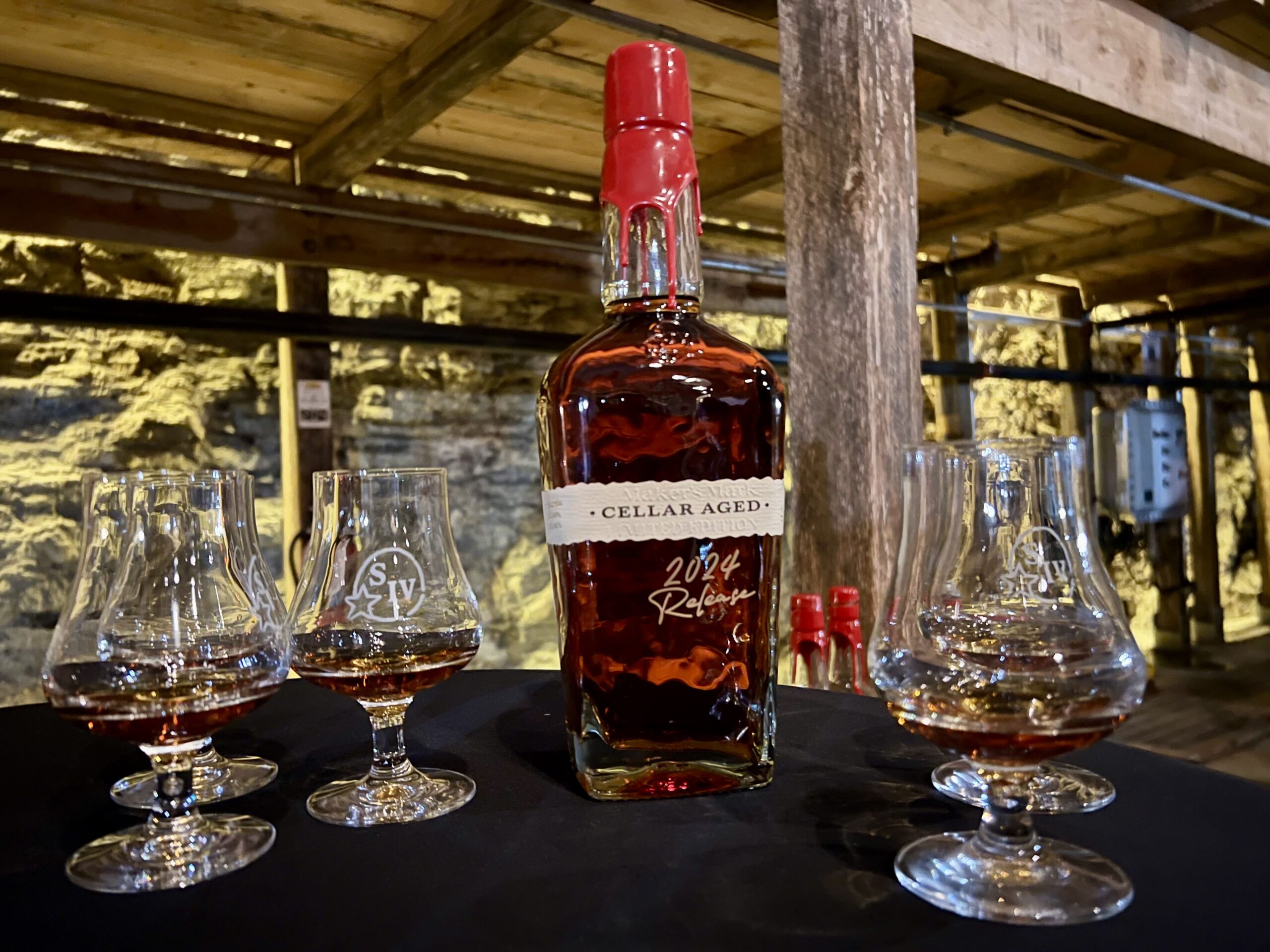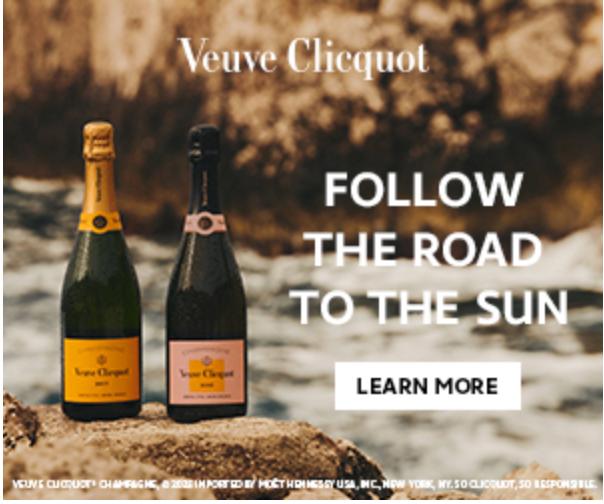Inspiring Flavor behind Maker’s Mark Cellar Aged 2024 — Preview Tasting Review
In celebration of the debut for Maker’s Mark Cellar Aged 2024, I joined a group of whisky and spirit reviewers at Maker’s Mark headquarters in Loretto, Kentucky for a day of tours, lunch and of course a private tasting.
Our Cellar Aged 2024 tasting was led by Innovation Manager Beth Buckner and Senior Director & Head of Innovation Blake Layfield.

The limestone shelf that surrounds Star Hill Farm, homeplace to the Maker’s Mark Distillery, is key to crafting the unique taste of its bourbon
Today’s tasting takes place in a built-in cave within the limestone shelf itself, at a chilly 50 degrees. It’s a memorable experience for a memorable bottle. As we walk into the limestone cellar, there’s dozens of barrels stationed on the floor, which is part of the Private Selections Program we’ll hear about below

Maker’s Mark Cellar Aged 2024
Maker’s Mark Cellar Aged 2024 blends 15% Maker’s Mark 12-year-old and 85% Maker’s Mark 13-year-old, at 59.7% ABV or 119.3 Proof.
The aroma carries notes of caramelized sugar and toasted almond. The palate unveils a delicate interplay of buttery shortbread, a surprising bite of coconut, and spices. A lingering finish highlighting dried dark fruit and oak undertones.

Side by side: 2023 vs 2024
The 2024 bottle (the 2nd inaugural Cellar Aged effort) takes a noticeable turn from it’s 2023 first path.
The 2023 is a blend of 87% 12-year-old and 13% 11-year-old barrels. Proof at 115.7
In comparing, you’ll notice strong differences. 2023’s bottle offers lighter greeting. Aromas of caramel syrup, cinnamon sugar, subtle red fruit. Cornbread, apricot, brown sugar.
Whereas 2024 is a more matured taste profile. The aroma carries notes of caramelized sugar and toasted almond. The palate unveils a delicate interplay of buttery shortbread, subtle coconut, and spices. A lingering finish highlighting dried dark fruit and oak undertones.

Private Selections Program
A Maker’s Mark priority is to maintain their taste profile. Famously, aged between 6 – 8 years old, but every barrel ages a little bit differently.
When loyal customers asked for a single barrel, they had to politely decline, but wanted to find a way to excite and involve their audience base.
So they created the Private Selections Program, which is how enthusiasts visit and pick their taste, a vision of what they want their Makers Mark to taste like and then the company uses custom staves in a barrel, which were seen stored on the floor around us.
Maker’s Mark Cellar Aged 2024 will be available for a suggested retail price of USD $174.99 in the United States
The limited-release Maker’s Mark Cellar Aged 2024 will be available for purchase at the Maker’s Mark Distillery by booking the Cellar Aged Experience at https://www.makersmark.com//distillery/visit-us.
For more information about Maker’s Mark, please visit www.MakersMark.com.
ABOUT MAKER’S MARK
Maker’s Mark® is the iconic handmade Kentucky bourbon driven by a vision for better flavor and a better world. Maker’s Mark began with the innovative spirit of Margie and Bill Samuels, Sr., who in 1953, fulfilled their dream to create a delicious bourbon without the bite, using soft red winter wheat instead of rye to enhance the softness, sweetness and signature creaminess. Highly desired around the world, Maker’s Mark is handmade, hand-dipped in our signature red wax, and every barrel continues to be rotated by hand and is aged to taste not time.
Always true to the founders’ vision, Maker’s Mark continues to shape the brand’s future through purposeful, flavor-driven innovation. In recent years, the brand has introduced thoughtful, super-premium expressions to its portfolio, including Maker’s Mark 46, Maker’s Mark Cask Strength, and Maker’s Mark Cellar-Aged, all Double Gold winners of the 2024 San Francisco World Spirits Competition, as well as Maker’s Mark Private Selection: the brand’s custom barrel program.



